Which Is Better: An Established 55+ Community Or a New One?
Category: Active adult communities
December 6, 2017 — Which is the smarter option: buy a home in a new 55+ or active adult community, or one in a development that has been around for some years. What are the pros and cons of each, and what do you trade off with each choice? Given the complexity of the topic we are sure we will not cover every important issue in this pro and con format. That’s where our wonderful Members come in – we are hoping you will share your thoughts and experiences about which option you prefer. Note: This article updates one we wrote back in 2011.
Pros of Buying in a New Community
Overall: You are starting off fresh
– All the units and facilities are shiny and new
– They are probably built to a better building code as well as being more energy efficient
– Major renovations to the infrastructure are probably years away
– The amenities are up to date (pickleball instead of shuffleboard, kayaks instead of golf course, etc.)
– There is an experienced sales staff to help you, including possible help with financing
– You will normally get a warranty and resolution of any problems
– You can choose from a variety of plans, and then customize your unit to exactly what you are looking for
– Newere communities tend to have a younger average age. Normally, the longer the community has been around the older the population
– You can be reasonably confident if the developer has a solid reputation and finances.
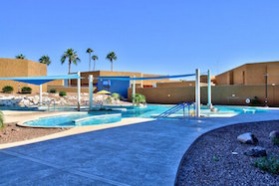
Cons of Buying in a New Active Adult or 55+ Community
– Some or all amenities not built out yet, sometimes they might not
– The transition from developer-managed to HOA-managed can be rocky
– There is no guarantee that vacant lots and unsold homes will sell in a timely fashion. A major recession like we had in 2008 sent many new communities into bankruptcy
– Uncertain finances – does the developer have the resources to finish the job? – What liabilities and obligations might pass to new owners? Have sinking funds been set up to pay for future major maintenance items?
– The community could change direction before it’s finished. For example, the developer might change from single family homes to condos. It might go from 55+ to all ages. Or, it could be sold to a new developer with a different vision
– Uncertain future – who will own the common facilities and amenities (homeowners or developer), and under what terms?
– You will generally pay more for a comparable resale unit because of sales commissions
– HOA rules may not be finalized, and take a direction you don’t like
– What an inexperienced HOA doesn’t know about finances, establishing rules, procedures, and management could sink your new community.
Pros of Buying in an Established 55+ or Active Community
– – You can see what you are going to get in terms of facilities, neighbors, ambience.
– You can evaluate the community’s track record and finances (sinking funds, past expenditures/assessments, budgets, etc.)
– Foreclosure information and dues delinquency information is available
– You’ll know if the amenities are built and open and running the way you want them to
– The HOA rules are probably well established, including how they are enforced
– You can determine if the HOA is well managed
– There are plenty of neighbors to meet so you can get a feel for the community
– Will probably get better value for your dollar by buying a resale than in a new community
Cons of Buying in Established Community
– Your unit will probably not be new – retrofitting to your preferences will be limited and expensive
– Might not be up to current building codes
– The longer the community has been around, the higher the average age of your neighbors
– Compared to a newer community, it might not have the latest and greatest in amenities
– The community has been shaped; it will be hard for you to influence its direction
– Expensive and contentious repairs are waiting to happen: roads, elevators, roofs, painting, structural problems, clubhouse improvements, etc.
– Even very established active communities can still get new problems.
Some of the more established active adult and 55+ communities
There are hundreds and probably thousands of retirement age communities that have been around for 20 or more years. Some of them are very large, some quite small. Many of them are still building new homes, so you can have the best of both worlds. If you visit their websites you will be able to tell. Many of the smaller established communities no longer have a sales office. To find homes for sale there you might have to use a real estate agent. Here are a few of the very large communities that have been around for a long time:
The Villages, Central Florida
On Top of the World, Ocala, FL
Fearrington Village, Chapel Hill, NC
Century Village(s) (many of these in southern FL)
Sun City(s) (many of these in Arizona and Florida)
Hot Springs Village, Hot Springs, AR
Tellico Village, Tellico Lake, TN
Newer Communities
Generally it is easier to learn about newer communities, since they have the advertising budgets to reach you. We have many fine advertisers on this site and we encourage you to visit their pages here to find out more! See our Directories of Active Adult and 55+ communities.
For Further Reference:
10 Questions to Ask Before You Buy in an Active Adult Community
What Sandy Learned from 8 Years of Visiting Active Adult Communities
100 Most Popular Active Communities for 2016
What could you add? Would you rather live in a new, or an established active community? Do you see different pros and cons? Let us know in the Comments section below.

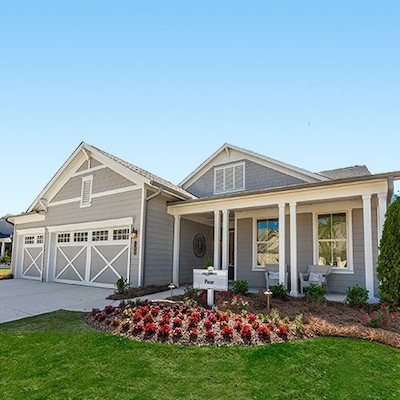
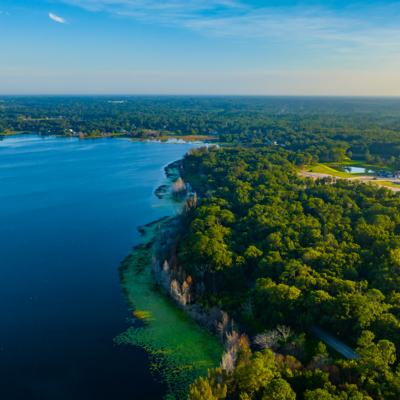
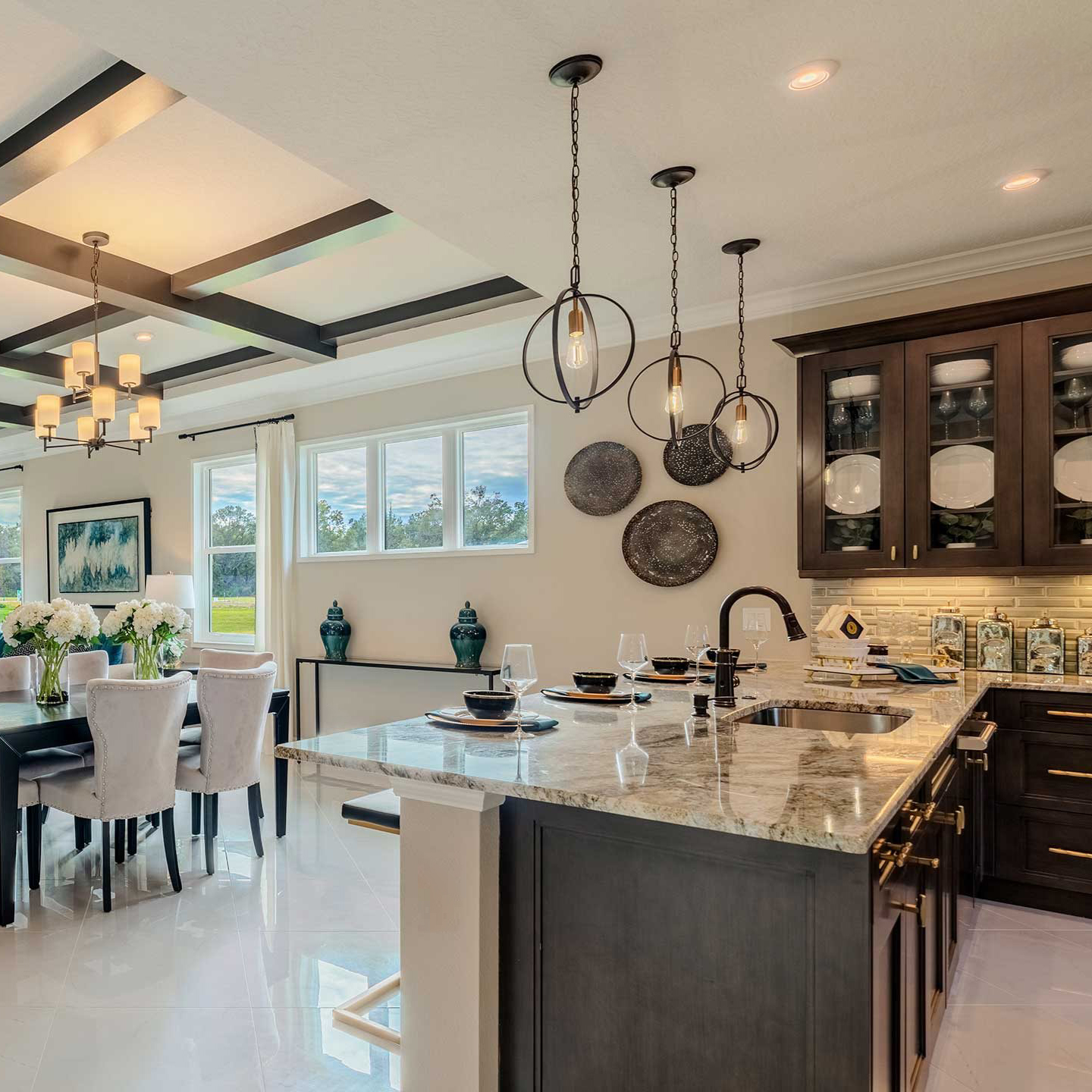
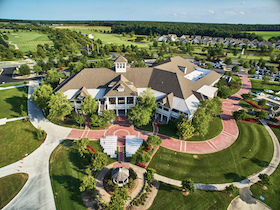
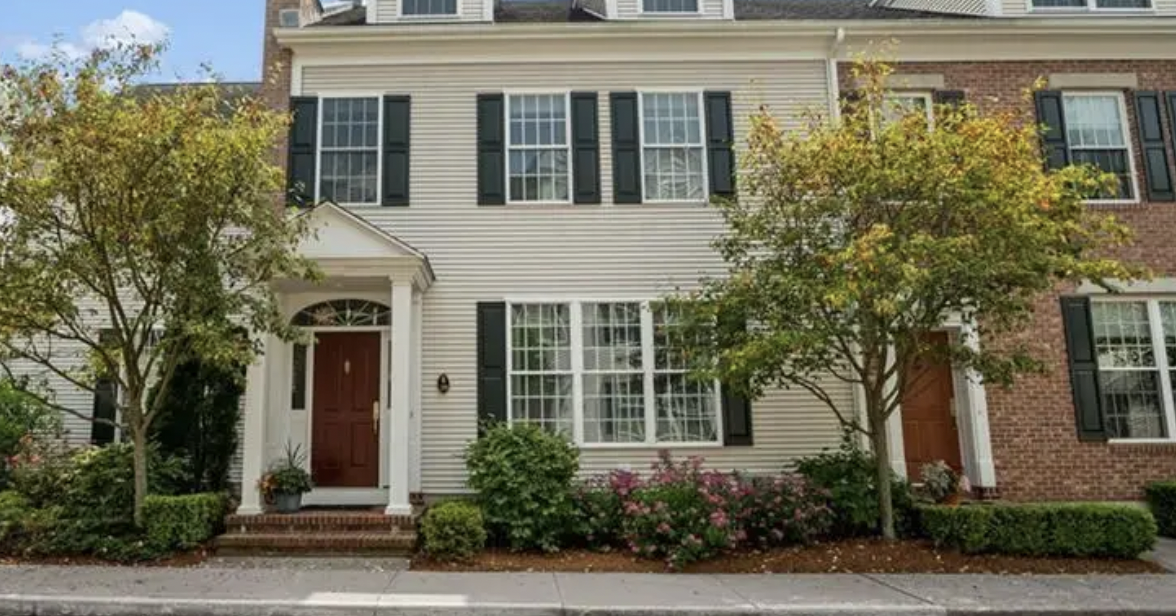
Comments on "Which Is Better: An Established 55+ Community Or a New One?"
Bruce says:
I have mentioned this before that some 55 communities are built within a master planned community. For example: Del Webb in Ponte Vedro, Fl. is within the community of Nocatee, Victory in Verrado, AZ is part of the larger Verrado community. Chances are restaurants, stores and health care facilities will feel more comfortable in providing services to a much larger and diverse community. However, it could also affect your HOA and assessments fees being part of the larger community. Some developers are building 45+ restricted communities like Del Webb Festival in AZ.
Purchasing a home in a more established community you may find homes on premium lots that more then likely would cost you much more in a new community. I know this may not have anything to do with the community just one other thing to consider that older community homes have landscaping and window treatments already installed verse the cost of a new build.
Kate says:
Bruce makes good points, whether buying a home in a 55+ community or elsewhere. I have had 3-4 appointments with builders over the last year or so, to explore building a home. I felt like I was buying a used car. Everything was an extra, and sometimes the prices quoted changed from the beginning of a meeting to the end of the meeting. In one of my last meetings, even gutters were an option! Towel bars, etc. were supposedly "options" that the design center would explain in the next step. I was recently offered a model home for the special price of $449K-$469K, which was listed a week later on realtor.com for $429K...(already dropped to $400K). I was told that comfort height toilets in a 55+ community are an "extra," and that if I want to customize I should buy the stripped down model and then do the work myself. I suppose that makes sense if the real estate taxes are based on a closing price that is inflated for options. On the other hand, it is wasteful to tear out new rugs, laminate and formica to replace with hardwood, granite or quartz, etc.. The builders would not offer allowances instead of putting in their basics, saying that they weren't custom builders so they had to sell complete packages. Lot premiums for desirable locations added to the prices significantly and most advertised prices didn't include any homesite. One builder didn't offer a landscaping package, since it was too much "bother" for them if the grass or plants died. There are obvious pluses to buying new and having new mechanical equipment, a new roof, etc. I'm just not sure I want to wheel & deal with a builder!.
Linda says:
Kate, you need to find a reputable custom builder. Not an easy task these days. Good luck!
I was appalled when I looked at a Del Webb community near Charleston, SC, to find out that everything in the model was an extra. To make a home look anything like the models, you needed to drop another $100,000 - $150,000. That did not include lot premiums. I think comfort height toilets were included. Anyway, I walked. A handheld shower wasn't even an option. To me, that's a necessity, not an option. Granted, I built my last home with a custom builder, but I was amazed at the limited range of options.
Admin says:
From Thomas: Have you done or considered doing an article on the concept of visitability (https://visitability.org/)? When I look at a lot of the 55+ community websites rarely do the homes appear to have even one entrance without steps so that someone on a wheelchair could visit. I would think in the concept of a 55+ community people would realize that at some point their is a good chance many will develop mobility impairments and having the majority of homes in a community have a least one stepless entry would be a selling point. If more sites like yours highlighted this need perhaps more developer would wake up to this need.